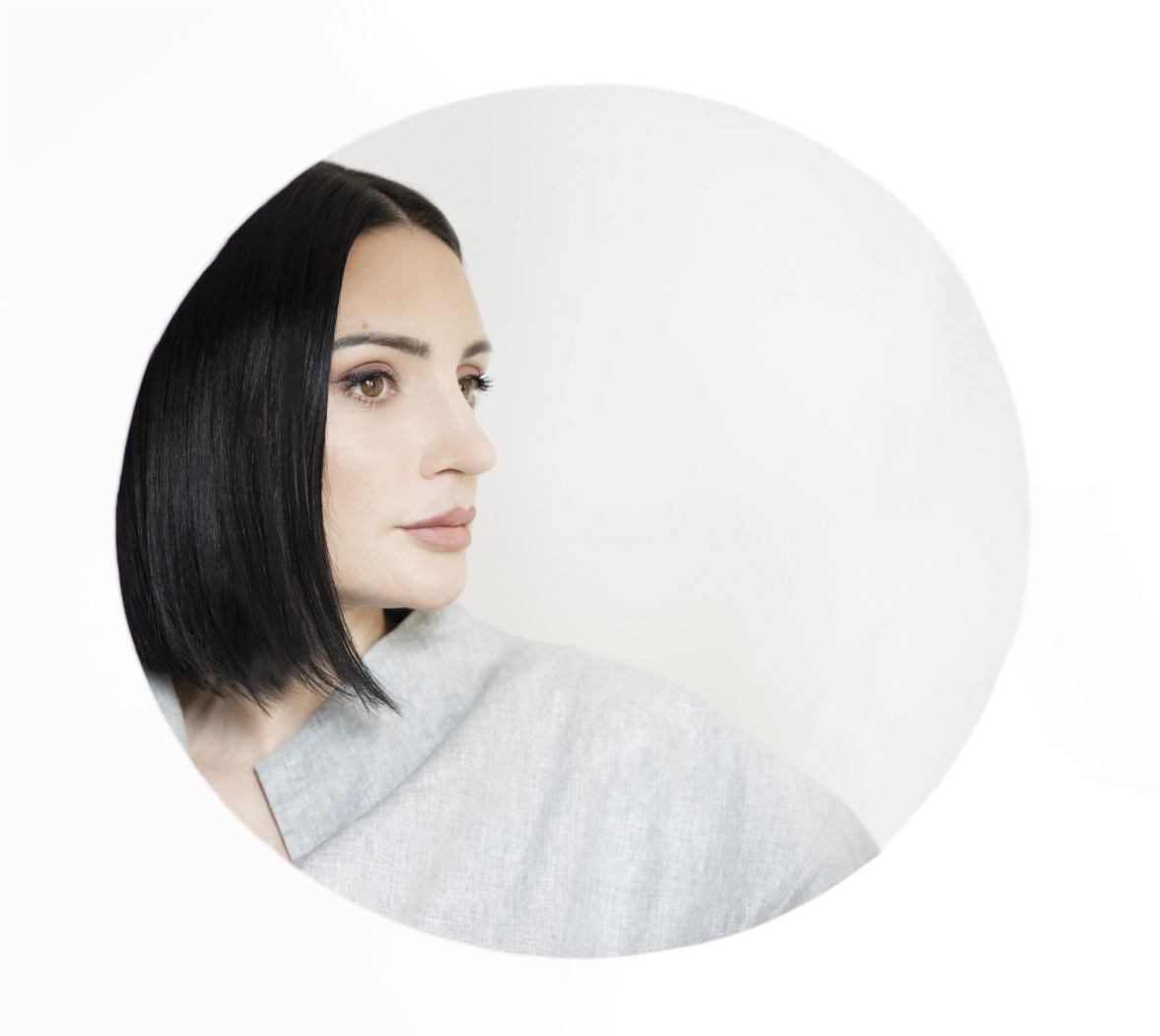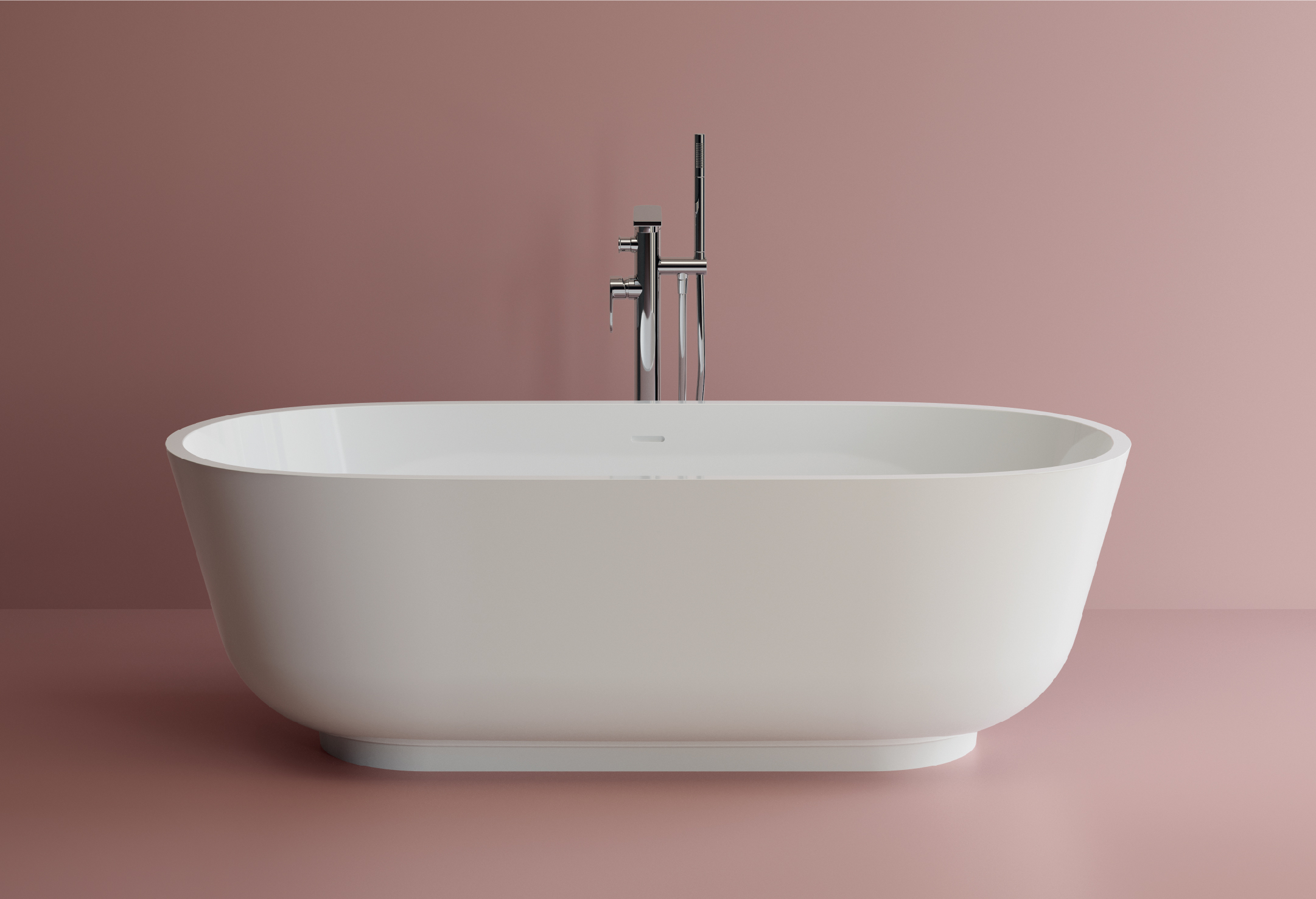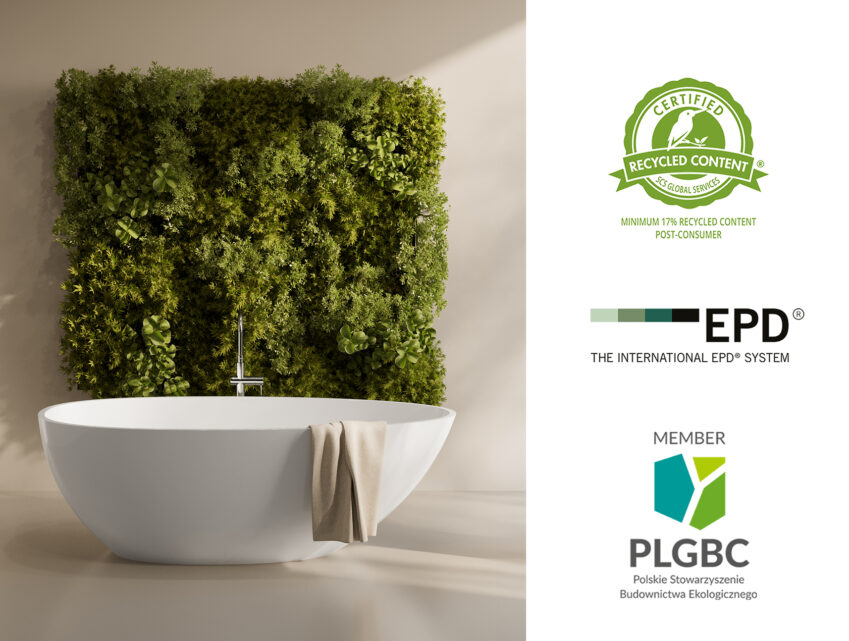WE ARE CLOSE TO THE CUSTOMER
Tue, 19/07/2022

What technologies belong to the future and what is the role of the fair in creating trends and in working with clients on new projects, says Magdalena Musiał, Industrial Design Manager at Marmite.
– Trade fairs are a powerful promotional tool. What are the benefits of participating in them for manufacturers and designers?
Trade fairs invariably play a very important role in our industry. Being able to see so many products in such a diverse context is key to understanding what’s really going on in the world of design.
– I suspect that from the designer’s point of view, it is of particular importance to be able to track the reactions of trade fair visitors to the presented products “live”.
It really is. Trade fairs are ideal for assessing what really attracts the customer’s attention. They create a space where the interactions between the product and its future recipient can be clearly observed. From a designer’s perspective, this is invaluable.
– Do you often come to trade fairs together with your clients?
We do that often. In the environment of so many different products, it is easier for the customer to talk about his visions and expectations.
– The fair is about news, premieres, presentations… Can they still surprise you?
Of course. I can mention, for example, the last fair in Milan, which still plays a leading role when it comes to acquiring knowledge about new trends. What was immediately noticeable is the popularity of materials inspired or related to nature. There was a lot of rattan, textures. It is clearly noticeable that we are moving away from a uniform, smooth finish in favour of materials that attract attention not only with colour, but also texture. We are looking for a sort of three‐dimensionality of products, depth. As a designer interested in new trends, I pay attention to two aspects. One is strictly visual. In this case, it’s about a trend understood as the materialization of human longings. It is apparent that we miss soft, natural forms. We also miss colours. And it all surfaced at the Milan fair. The second aspect is about exceeding production capacity. It is extremely interesting how new technologies fit in with people’s expectations.
– By observing the exhibitors’ offers, can you immediately assess what will soon become the current trend?
It is extremely difficult to define. There is always a group of “crazy” products at the fair. Producers experiment by conducting a kind of research among customers. This is a common practice in every industry – at fashion shows we see many outfits that none of us will ever wear, concept cars are shown at motor shows that will never be put on the streets in this form. Trade fairs are a barometer of moods, an opportunity to talk about a physically existing object, not an abstract idea. Only the market reallyverifies whether something will be accepted or not. When a given solution appears at several exhibitors, we are more sure that it will turn into a trend. But there are also innovative, unique products that later create trends.
– As designers, are you more likely to encourage the producers you work with to experiment, or do you advise them against it?
It seems to me that recently we have been turning more and more boldly towards innovative solutions. Of course, the uniqueness of a product cannot stem only from its visual aspects. It is also worth having some added, functional or technological value behind it. Do we encourage our clients to do so? If we see a deeper meaning in it, then we do so. We often come up with a product proposition. We invest our resources to prove that you can create something truly innovative.
– Is it easy to reconcile the knowledge gained at the fair with the expectations of customers? How to convince a potential client to trust you and take advantage of your knowledge?
Many of our clients are really deeply aware of the current trends. There are clients who come to us with a specific idea. Then we adjust it to our technological capabilities. There are also clients who do not fully know what is – colloquially speaking – going on. Then we, based on our experiences, create a specific proposal for them. At the same time, it should not be forgotten that we live in a time of dynamic changes. Once the trends lasted for years, now they are changing rapidly. Fortunately, our technology allows us to react quickly and adapt to these changes. I think customers see this as our enormous value. We are able to easily deliver something that is innovative, fits in with the current trends, and is also specific to a given client.
– How durable are the current trends?
The lifespan of the current trends is much shorter than a few years ago. An example is the loft trend. Although it is still in operation, you can see that it is already ending. We are moving away from simple shapes and raw forms in favour of soft lines and textures. We are bored with gray and we focus on colours more and more boldly. Of course, we still use styles that were fashionable in the past. An example is the enormous popularity of postmodern forms. However, keep in mind that they are not a simple “grab from the past”, but instead a creative interpretation. After all, we have INTERVIEW new machines, technologies and materials at our disposal. New technologies, including 3D printing, are entering the game. Thanks to them, our creation becomes practically unlimited. 3D software is getting better at various aspects of surface design. Added to this is the Internet of Things. Soon, at every step, objects will talk to us, they will inform us and force us to specific activities.
– How often do you persuade your client to buy a product that is more innovative, matching the trends than the one he initially wanted to implement?
Sometimes a customer comes with a project that has been known on the market for many years, but needs to be refreshed due to falling sales. Then we convince him to change, showing the latest trends and competition analysis. At the same time, we prove that the new collection will have a positive impact on the sales of the other ones. We urge the client to leave his comfort zone. I believe that the greatest value of our design team is that we are always close to the client and recipient of the final product. We define the needs of both of them and try to include them in a given product.




